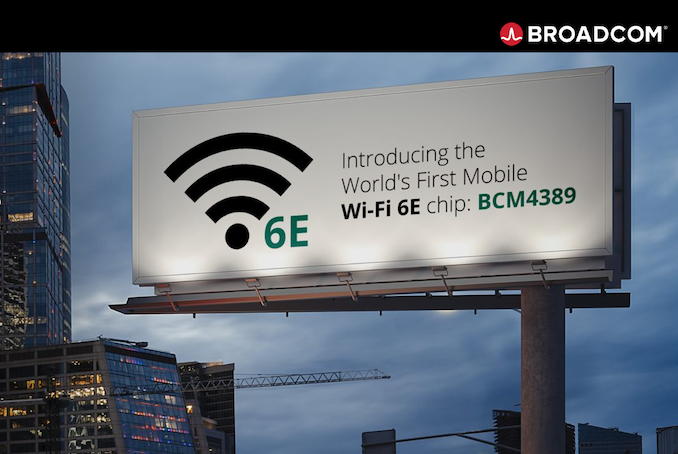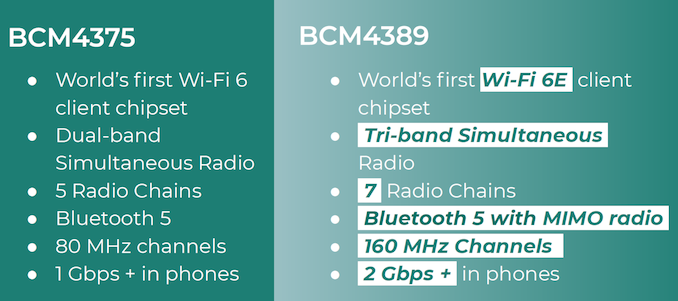The Samsung's Galaxy S20-series is the hottest new commodity on the market that you can't buy just yet, but a pretty major question might be lingering over you if you're considering any of Samsung's new offerings:
Which Galaxy S20 should you buy?
Well, that's a tricky question, but we will help you make an informed decision. Samsung has three new offerings on the table (the Galaxy Z Flip is in a league of its own), starting with the supposedly fan-favorite Galaxy S20, followed by the middle-of-the-road Galaxy S20+, and topped with the high-end Galaxy S20 Ultra. There's just a little bit of everything for everyone, and with the overall design being quite similar, the specs and pricing would make the real difference here. Let's make a breakdown of all the specs in the table below:
Samsung Galaxy S20 vs S20+ vs S20 Ultra specs list
| Galaxy S20 Ultra (S11+) | Galaxy S20+ (S11) | Galaxy S20 (S11e) |
|---|
| Design and dimensions | Glass/aluminum
166.9 x 76 x 8.8mm
(10.2 mm at the camera bump)
Exclusive Danish fabric Kvadrat case | Glass/aluminum
161.9 x 73.7 x 7.8mm
(8.9mm at the camera bump) | Glass/aluminum
151.7 x 69.1 x 7.9mm
(9.1mm at the camera bump) |
| Display | 6.9" 2K AMOLED, Premium Hole Infinity Display, on-demand 120Hz refresh at FHD+ resolution,120Hz refresh rate | 6.7" 2K AMOLED, Premium Hole Infinity Display, on-demand 120Hz refresh at FHD+ resolution, 120Hz refresh rate | 6.2" AMOLED, Premium Hole Infinity Display, on-demand 120Hz refresh at FHD+ resolution, 120Hz refresh rate |
| Cameras & features | 108MP main
48MP periscope 'Space Zoom', up to 10x optical and 100x hybrid digital magnification
12MP Ultrawide-angle lens
ToF camera(s)
10MP selfie camera
8K 30fps or 4K HDR 120fps recordingFeatures: Video Spin, Bright Night, Single Take Photo, Director’s View from all cameras at once, Night Hyperlapse, Vertical Panoramas | 12MP main, 1.8μm pixel size 64MP Telephoto
12MP Ultrawide-angle lens
ToF camera
10MP selfie camera
8K 30fps or 4K HDR 120fps recordingFeatures: Video Spin, Bright Night, Single Take Photo, Director’s View from all cameras at once, Night Hyperlapse, Vertical Panoramas | 12MP main, 1.8μm pixel size
64MP Telephoto
12MP Ultrawide-angle lens
10MP selfie camera
8K 30fps or 4K HDR 120fps recordingFeatures: Video Spin, Bright Night, Single Take Photo, Director’s View from all cameras at once, Night Hyperlapse, Vertical Panoramas |
| Processor(s) | Snapdragon 865, Exynos 990 | Snapdragon 865, Exynos 990 | Snapdragon 865, Exynos 990 |
| Memory | from 12GB RAM/128GB to 16GB RAM/512GB basic storage | from 8GB RAM/128GB basic storage | from 8GB RAM/128GB basic storage |
| Battery | 5000mAh | 4500mAh | 4000mAh |
| Price (expected) | from $1,399 | from $1,199 | from $999 |
| Release date | Announcement 2/11, release Friday, 3/13 | Announcement 2/11, release Friday, 3/13 | Announcement 2/11, release Friday, 3/13 |
Looking at the specs, it would be normal to get drawn to the Galaxy S20 Ultra the most. We get it, it's a beast with everything Samsung has to offer minus the kitchen sink, but the price is outright eye-watering. It also might be an overkill for the regular Joe and plain Jane.
Who is it for: Galaxy S20 Ultra
You should probably get the Galaxy S20 Ultra if you money's not really an issue and you're striving for the latest bleeding edge tech. For a certain amount of time, the Galaxy S20 Ultra will most certainly be the absolute best phone you could get, bar none. With its larger-than-life 6.9-inch, QHD+ 120Hz Super AMOLED display, Snapdragon 865/Exynos 990 chipset, 12GB of RAM, 5G support, 5,000mAh and penta-camera, the Galaxy S20 Ultra will be the phone to beat. However, all those top-shelf specs command a heavy toll - the phone starts at $1,399.Who is it for: Galaxy S20+
The Galaxy S20 Plus would serve as a nice middle-ground between the ultra top-tier Galaxy S20 Ultra and the more mundane Galaxy S20. You get the same selection of processors (Snapdragon 865/Exynos 990), 12GB of RAM, 128GB of native storage, a slightly smaller 6.7-inch QHD+ 120Hz Super AMOLED display, 5G support, and a marginally smaller 4,500mAh battery. The cameras are a bit "humbler" in comparison with the Galaxy S20 Ultra - you won't get the new 108MP camera sensor, but the S20+ would score an improved 12MP snapper that should be quite good on its own as well. Thus, the S20+ would be the perfect match for folks that don't necessarily need an overkill with specs but would still enjoy a new, large-screen Galaxy phone. At $1,199, the S20+ certainly isn't affordable, but could serve as a nice middle point for folks that don't really need the excessive hardware prowess of the Ultra or find the regular S20 a bit too small. Who is it for: Galaxy S20
Finally, the Galaxy S20 is expected to be the most popular new Galaxy. It will be the most affordable new Galaxy and will thus be quite popular. Mind you, even though it will be priced lower than the other two devices, it will still retain most of the high-end specs of the Galaxy S20+ and the Ultra, with the only major differences being the size of the battery and the camera load-out at the rear. If you're not really going for the most powerful phone, and more importantly, want a relatively compact device, then the Galaxy S20 is the phone for you.
Should you upgrade from the Galaxy S7, S8, S9, S10-series to the Galaxy S20-series?
In case you own a
Galaxy S10 or S10+, then you will definitely have more than a few reasons to upgrade. Even though the 2019 flagships can still hold their ground, the new Galaxy S20-series introduces multiple novelties to warrant an upgrade. However, that might not be the case for anyone - if you're perfectly fine with the performance, battery life and image quality of your Galaxy S10 or S10 Plus, you might as well wait a bit longer before upgrading.
Galaxy S10e owners, however, might feel a bit snubbed. The Galaxy S20, which will succeed the S10e in the lowest price range, will be quite a different device: unlike the S10e, the S20 will not come with a flat display and will be a bit bigger, so it won't really be a true successor to the smallest Galaxy flagship in years. That would be a bummer for Galaxy S10e owners, who might don't feel like upgrading at all, and rightfully so.
Meanwhile, owners of older Galaxy devices, like the
Galaxy S9 and S8-series should definitely consider upgrading. The improvement between the different generations is big enough to warrant this upgrade, and 2020 might be the right time to get a shiny new Galaxy.
If you're still holding out a Galaxy S7, S7 edge, or any other Galaxy phone from the same time period, then we definitely recommend you consider upgrading to the new Galaxies - the time is now!
Let's block ads! (Why?)
https://news.google.com/__i/rss/rd/articles/CBMicmh0dHBzOi8vd3d3LnBob25lYXJlbmEuY29tL25ld3MvU2Ftc3VuZy1HYWxheHktUzIwLVVsdHJhLVBsdXMtdnMtUzEwLVBsdXMtZS1TOS1TOC1TNy1idXlpbmctdXBncmFkZS1ndWlkZV9pZDEyMTU1MdIBAA?oc=5
2020-02-14 07:40:00Z
52780593134372













